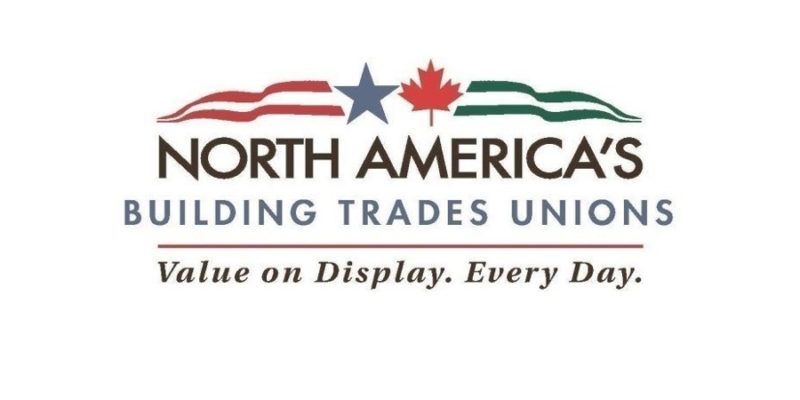Sheri Gassaway
July 10, 2023
North American Building Trades Unions (NABTU) President Sean McGarvey stopped in St. Louis last week to share how the organization is working with local and state building trades leaders, community groups and government officials to help boost the middle-class and create good-paying jobs after passage of the Infrastructure Investment and Jobs Act.
The event, hosted by the Missouri Works Initiative, Missouri AFL-CIO and St. Louis Building and Construction Trades Council, was a part of NABTU’s national multi-city road tour to demonstrate how union-trained workers are prepared to meet the moment. The event was held at the Sheet Metal Workers Local 36 union hall in St. Louis and included a tour of the union’s state-of-the-art training center.
“There’s over 250,000 people in our training programs and we can ramp that up to one million,” Garvey said. “With the investments made by the Biden-Harris Administration and members of Congress, we’re going to start filling those numbers up and growing these training programs through our apprentice-ready programs like BUD and creating pathways to the middle-class for everyone who wants an opportunity.”







